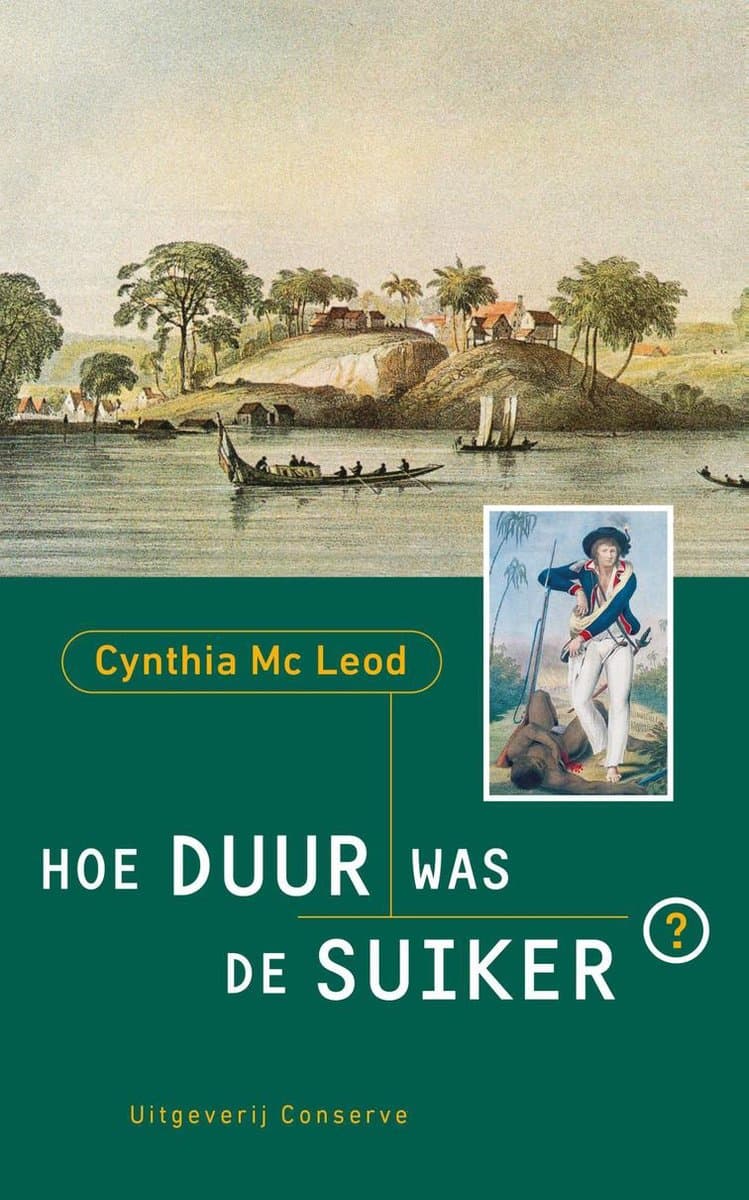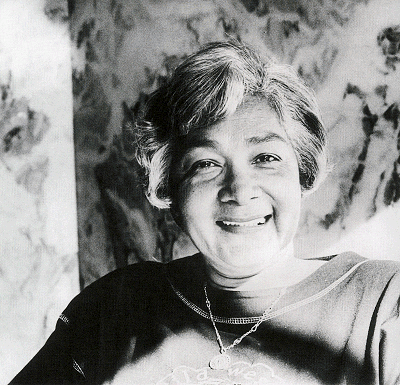The Cost of Sugar
'The Cost of Sugar' takes us to 18th-century Suriname, the heyday of the sugar trade. Set against a backdrop of historical events from the period, it tells the story of the sisters Sarith and Elizabeth. Their vastly different personalities end up having dramatic ramifications – for themselves, for the slaves around them and, by extension, for our understanding of Holland’s slavery past.

Who is the smartest sister? Who is the prettiest? At surface level, The Cost of Sugar is about the rivalry between the beautiful, spoiled Sarith and her more measured, considerate foster sister Elza. Growing up in the upper echelons of Surinamese society, on a plantation with many slaves, their overriding focus is on finding a suitable husband. But beneath that surface, their story touches on more profound, deep-seated issues.
When we first meet the sisters, the plantations are going through a period of upheaval. The soil is becoming barren, slaves are beginning to revolt and there is growing friction between the plantation owners about the sometimes gruesome punishments that are meted out to slaves. And it becomes apparent that things are more complex than they first appeared.
Sarith is Jewish: her ancestors were the first planters to settle in Suriname. They devoted their lives to building up the plantations, and now they find themselves powerless as they watch their valuable investment drying up before their eyes. Sarith is in a similar predicament: despite her great beauty, she is having no luck finding a man. Elizabeth is the first to get married, to the ambitious, progressive Dutchman Rutger. They start a loving family in Paramaribo, Suriname’s capital. Sarith is jealous and tries to seduce Rutger, but her egotism gets in the way. When she takes her despair out on Ashana, her stepfather’s personal slave, it causes a rift with Elizabeth and Rutger.
But The Cost of Sugar is not just about the sisters and their lives. We also get to know Mini-Mini, Sarith’s personal house slave, offering us a glimpse into the inhumane conditions in which the slaves are forced to live. We also see the revolt against slavery from multiple perspectives: that of the escaped slaves – the Maroons – themselves, and of the troops of reinforcements sent from the Netherlands to quell the uprising, but also that of those slaves who, in exchange for their freedom, are made to turn against their own people.
The Cost of Sugar is a compelling novel about interwoven, forgotten histories. Now especially, it deserves to be read by a wide audience.
Cynthia McLeod’s 1987 novel is a bestseller about several plantation families, rich in detail and the contradictions between master and slave, with people’s love lives in the Dutch colony forming a key theme.
de Volkskrant
What makes the novel even more valuable is its take on the complex and constantly shifting social dynamics of 18th-century Suriname. In her book McLeod shows the subtle hierarchies and codes of conduct that existed in Suriname during the heyday of plantation culture, where the weak links were and what ushered in its downfall.
NRC Handelsblad
